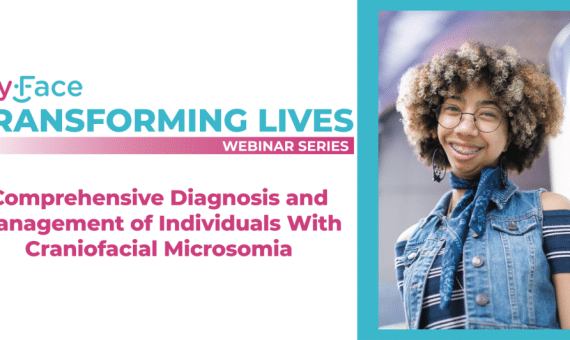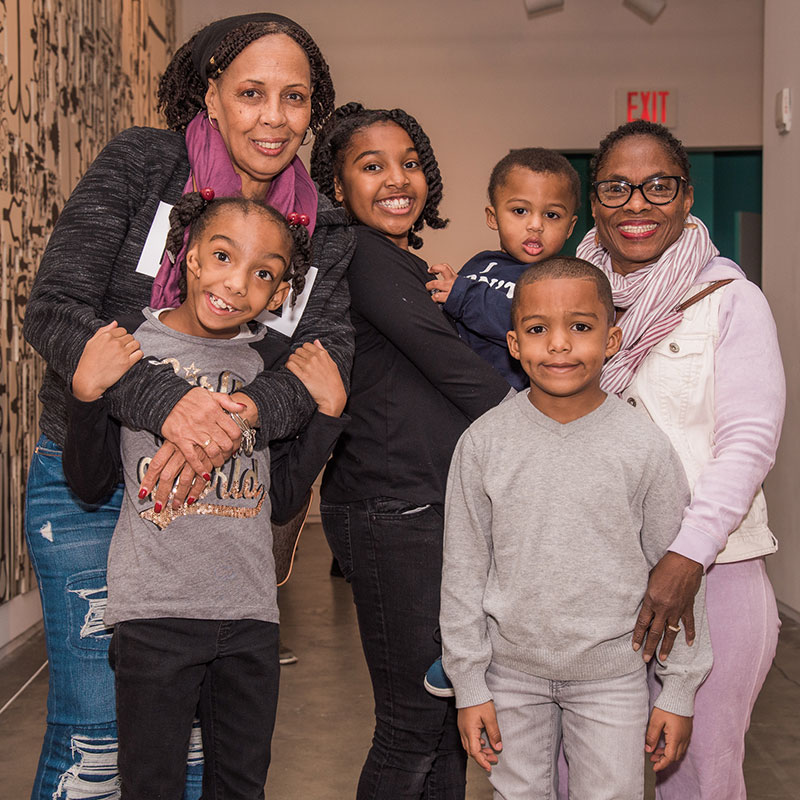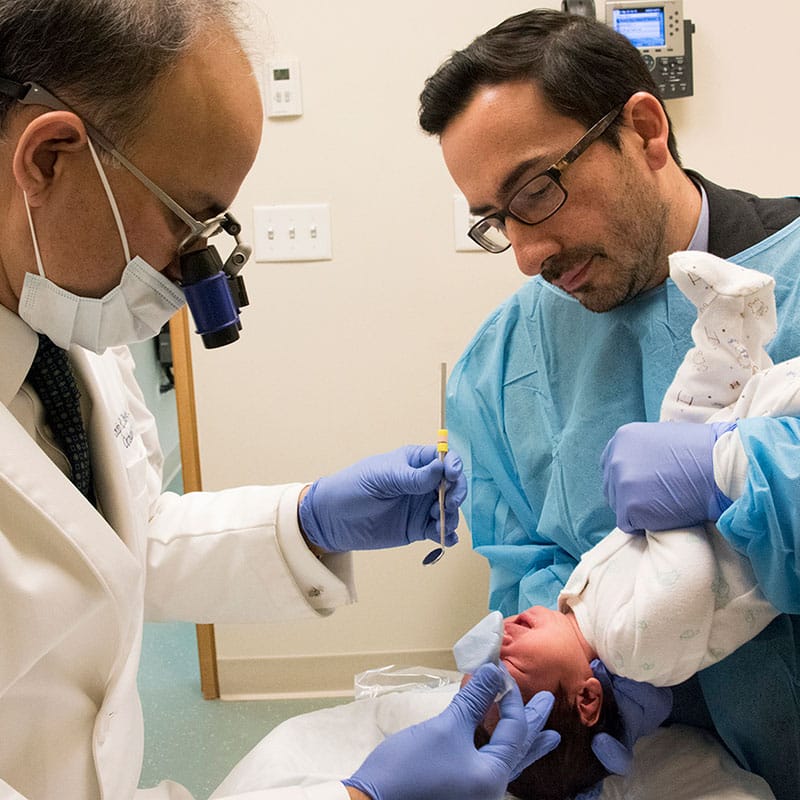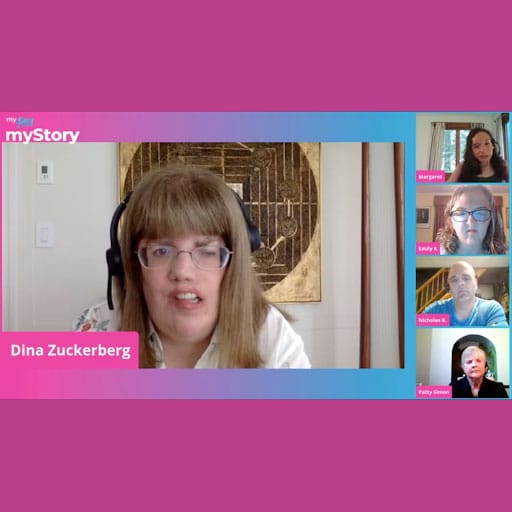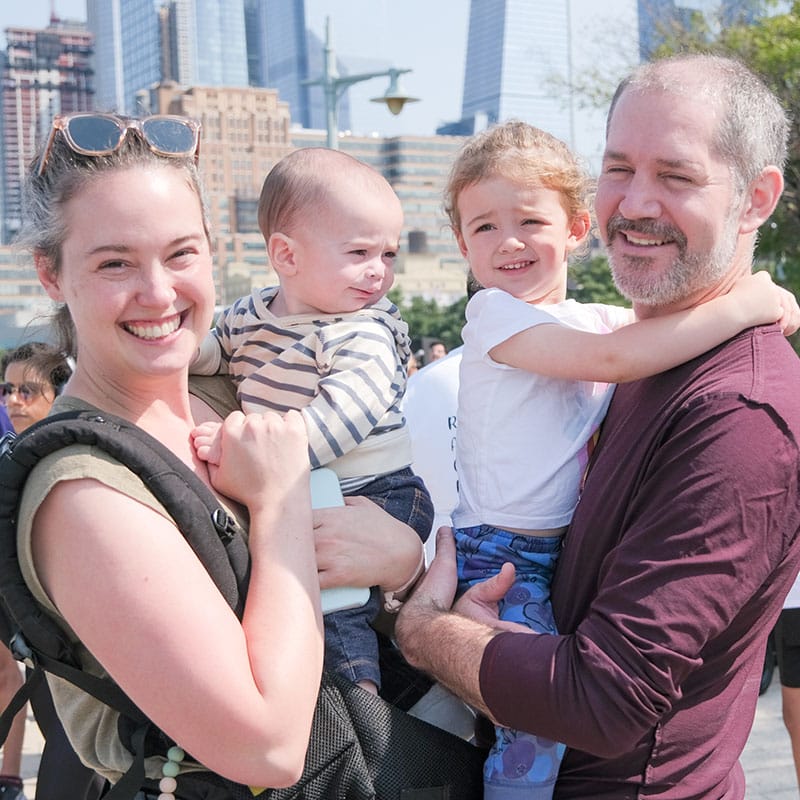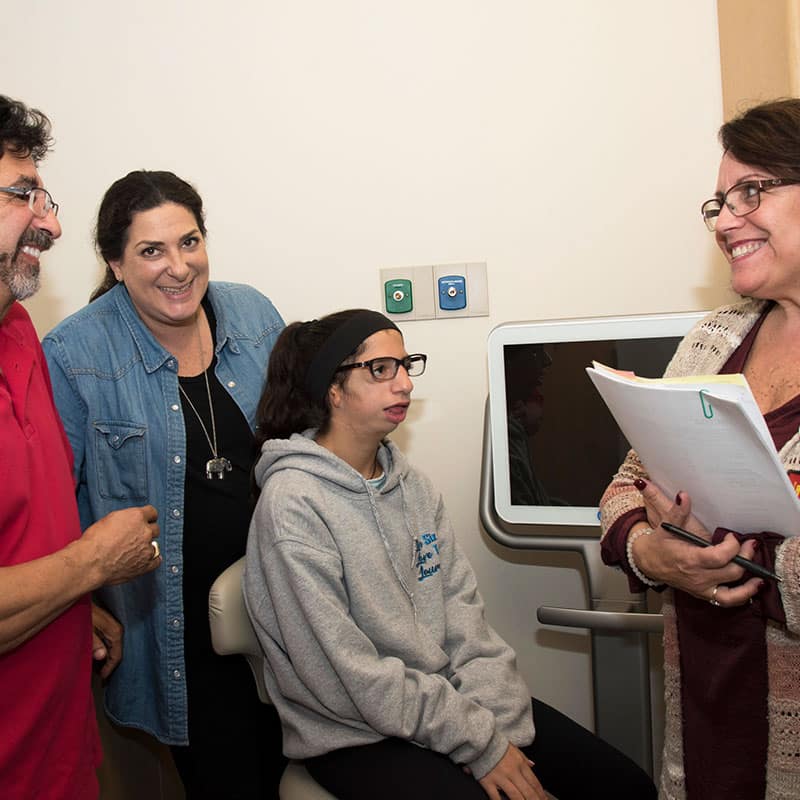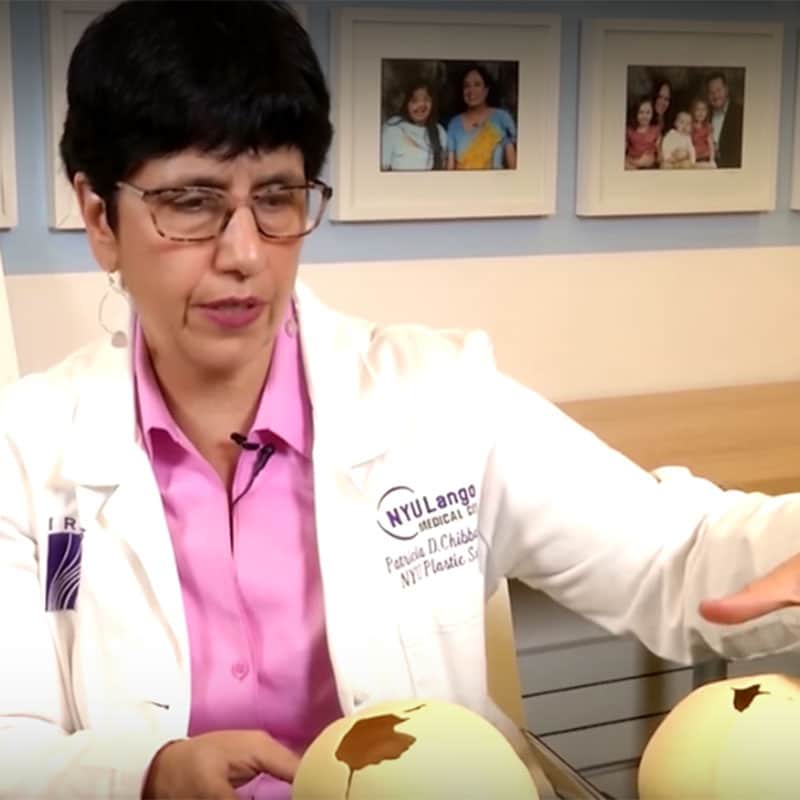This webinar aired on October 23, 2024
Transforming Lives: Comprehensive Diagnosis and Management of Individuals With Craniofacial Microsomia
In this one-hour program, you will hear expert perspectives to help you better understand how to navigate the diagnosis and management of craniofacial microsomia.
LEARNING OBJECTIVES
- To describe craniofacial microsomia
- To explore the diagnosis and treatment options
- To describe the CARE Project for patients with craniofacial microsomia
- To discuss family psychosocial support options

Carrie L. Heike, MD, MS
Associate Professor, Dept. of Pediatrics
University of Washington School of Medicine
Co-Principal Investigator
CARE Study
Pediatrician
Seattle Children’s Hospital
Seattle, WA
Carrie L. Heike, MD, MS, is an attending physician at Seattle Children’s Hospital and professor in the Department of Pediatrics at the University of Washington School of Medicine. She completed her clinical fellowship in the Craniofacial Center at Seattle Children’s Hospital in 2006. She has a passion for providing clinical care to children with craniofacial differences. Her research focuses on clinical outcomes, population health and quality improvement.
Dr. Heike is currently participating in several multicenter studies designed to improve clinical outcomes for individuals with craniofacial differences. She has a particular interest in developing partnerships and using methods to enhance interdisciplinary team science.
 Craig Birgfeld, MD
Craig Birgfeld, MD
Professor, Dept. of Surgery, Division of Plastic Surgery
University of Washington School of Medicine
Craniofacial Surgery Fellowship Director
Craniofacial Surgeon
Seattle Children’s Hospital
Seattle, WA
Dr. Birgfeld grew up in Littleton Colorado where he played football and was an Academic All-American swimmer. He went on to the College of William and Mary where he became the president of his fraternity, the captain of his swim team and held a number of school records. After 2 years of research, he matriculated to the Medical College of Virginia where he met Dr. Isaac Wornom, a craniofacial and pediatric plastic surgeon. The experience of treating patients with craniofacial conditions while in medical school led Craig to the University of Pennsylvania and the Children’s Hospital of Philadelphia (CHOP), where he learned from world experts in craniofacial surgery. This surgical training led to Seattle, where Dr. Birgfeld spent a year fellowship with Dr.’s Gruss and Hopper learning the techniques of craniofacial surgery. After fellowship, Dr. Birgfeld was offered a faculty position at the University of Washington and Seattle Children’s Hospital and moved his family to Seattle where he has practiced since 2007. Here in Seattle, he enjoys hiking, biking and skiing with his wife, son and twin daughters and can often be found cheering on his kids at their own local swim meets.
Read the webinar recap & notes
Introduction
Dina Zuckerberg:
Good evening, everyone. It’s so great to see so many of you joining us. I invite you to say hello in the chat and let us know that you’re here.
We welcome you all and thank you for joining. My name is Dina Zuckerberg, and I am the Director of Family Programs at myFace. I’m pleased to welcome you to our webinar.
About MyFace
- Dedicated to supporting individuals with craniofacial differences and their families.
- Offers programs such as:
- Virtual support groups for individuals with facial differences and their parents.
- Newborn Care Kits for babies born with cleft conditions.
- Housing for families traveling to New York City for care.
- Educates through initiatives like:
- Transforming Lives Webinar Series.
- Wonder Project school assemblies.
- myFace, myStory podcasts, where individuals can share their stories.
At myFace, we believe the world is stronger when every person is valued, respected, included, and empowered to achieve their greatest potential.
Learning Objectives
Pat Chibbaro:
Hi everyone, thanks so much for joining us. Here are today’s learning objectives:
- Define craniofacial microsomia.
- Explore the diagnosis and treatment options.
- Describe the CARE Project for patients with craniofacial microsomia.
- Discuss family psychosocial support options.
We are joined by two wonderful presenters and one of our own myFace families:
Presenters
- Dr. Carrie Heike:
- Associate Professor, Department of Pediatrics, University of Washington School of Medicine.
- Co-Principal Investigator of the CARE Study.
- Pediatrician at Seattle Children’s Hospital.
- Dr. Craig Birgfeld:
-
- Professor, Department of Surgery, Division of Plastic Surgery, University of Washington School of Medicine.
- Craniofacial Surgery Fellowship Director at Seattle Children’s Hospital.
-
We’ll also hear from Jahzara and her mom, Michelle, a myFace family.
Presentation Highlights
What is Craniofacial Microsomia?
Dr. Carrie Heike:
Craniofacial microsomia (CFM) is a clinical term describing a condition that affects the head and face. Here are key points:
- Definition: “Craniofacial” refers to the head and face; “micro” means small; “somia” refers to a part of the body.
- Common Features:
- Ear abnormalities (“microtia”).
- Underdevelopment of the lower jaw (“mandibular hypoplasia”).
- Typically asymmetric.
- Prevalence: Ranges from 1 in 3,000 to 1 in 26,000 newborns.
- Diagnosis: No universal criteria exist; clinical terms are used inclusively to facilitate care planning.
Treatment Goals
- Minimize the impact of clinical features.
- Optimize function (e.g., breathing, feeding, hearing).
- Provide individualized care through coordinated team efforts.
Timeline of Care
- Infancy: Focus on breathing, feeding, and hearing.
- Toddlerhood: Address developmental milestones and oral health.
- Preschool: Begin integrating children into discussions about their care.
- School Age: Prepare for social interactions and possible surgical interventions (e.g., ear reconstruction).
- Adolescence: Foster independence and psychosocial health.
- Adulthood: Transition to independent care and address any final surgical needs.
Family Perspective: Jahzara and Michelle
Pat Chibbaro:
We are honored to have Jahzara and her mom, Michelle, join us to share their journey.
Jahzara:
- Reflects on her condition: “It’s rare that I think about my condition in such a medical way. Hearing about it objectively reminds me how fascinating and special it is.”
- Decided against aesthetic procedures like fat grafting: “I felt my face was good enough as it was and had spent so long getting used to it.”
Michelle:
- Emphasized the importance of finding a supportive care team.
- Advocates for parents to seek second opinions and coordinated care.
- Shared advice for parents: “Prepare for surgeries realistically and ensure your child feels supported and loved.”
Q&A Highlights
Can Craniofacial Microsomia Be Diagnosed Prenatally?
Dr. Carrie Heike:
- Prenatal diagnosis is rare. Imaging like ultrasounds may show subtle signs, but most diagnoses occur postnatally.
- Genetic counseling is recommended for families to understand potential causes and recurrence risks.
Support for Adults with Craniofacial Conditions
Dina Zuckerberg:
- myFace offers resources for adults, including peer-led support groups and retreats.
- Many adults express a desire for more community and resources tailored to their needs.
Dr. Craig Birgfeld:
- Adults often lose access to coordinated team care. Surgeons with adult practices may provide continuity.
- Encourage early preparation for the transition from pediatric to adult care.
Role of School-Based SLPs
Dr. Carrie Heike:
- Collaborate with craniofacial teams to address individual needs.
- Focus on speech, language, and psychosocial development.
Michelle:
- Emphasized the importance of addressing social-emotional needs in addition to speech and language.
Closing Remarks
Dina Zuckerberg:
Thank you all for joining us today. If you have additional questions, please email us at info@myFace.org. We also encourage you to:
- Complete a brief survey using the provided QR code.
- Explore our programs and services at myFace.org.
- Join us for our monthly podcast series, myFace, myStory.
Our next webinar, Diagnosis and Management of the Individual with Cleft Lip and Palate, will take place in January 2025. Stay tuned for details.
Thank you, and have a wonderful evening!

